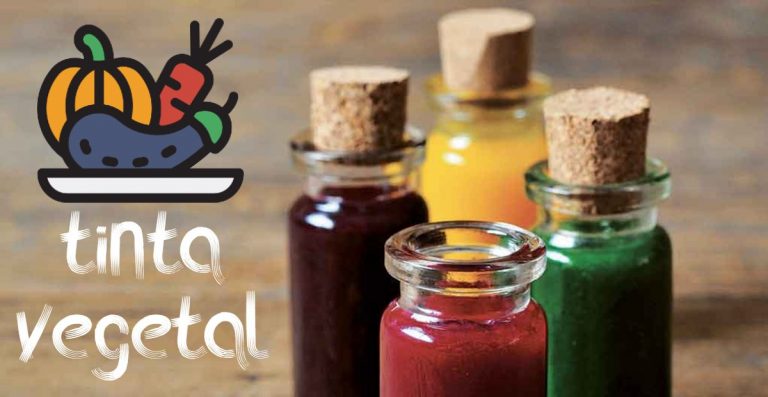Anúncios
We will talk about how making soap with cooking oil is a practice that combines economy and sustainability. In addition to reducing the amount of oil that is improperly discarded, you contribute to preserving the environment and also save on cleaning products. In this guide, you will learn how to make soap with cooking oil, following tested and recommended recipes.

The Importance of Reusing Frying Oil
Pouring used cooking oil down your sink drain is not only bad for your plumbing, but it’s also bad for the environment. The oil can cause blockages in your pipes and pollute your water supply. Unfortunately, finding a place to properly dispose of used cooking oil can be tricky. However, you can turn this problem into an opportunity by making soap from the saturated oil.
In addition to avoiding waste, making soap with frying oil is a practical and economical solution. The recipes below were collected and tested by a residents' association in São Paulo, but it is always a good idea to check and experiment to confirm the results.
Recipe for Soap with Used Frying Oil (with Pitch)
For those who want to try a classic recipe, here is a way to make soap using frying oil and rosin:
- Ingredients:
- 5 to 7 liters of water
- 4 liters of used frying oil
- 1/2 kg of caustic soda
- 1/2 kg of pitch
- Preparation:
- Heat the water and oil in a can over low heat for approximately 2 hours. Be careful not to let it boil over.
- When the mixture is thick, dissolve the soda in 1 liter of cold water and slowly add it to the hot liquid, mixing well.
- Crush the pitch with a hammer and add to the mixture, stirring constantly.
- Keep the mixture on the heat for another 2 hours, stirring regularly.
- Once prepared, pour the mixture into a lined cardboard box and let it cool. Cut the soap into bars when it is firm.
Recipe for Soap with Used Frying Oil (with Tallow)
Another alternative is to use beef tallow instead of rosin. Here's the step-by-step guide:
- Ingredients:
- 4 liters of used frying oil (filtered)
- 2 liters of beef tallow (available at butchers)
- 1 kg of caustic soda flakes
- 4 liters of fuel alcohol
- 2 liters of water
- Preparation:
- Heat the tallow and oil until the tallow melts, but do not let the mixture get too hot. In a large plastic bowl, pour the oil and tallow mixture and add the alcohol.
- In a separate bucket, dissolve the soda in the water, stirring with a piece of wood or plastic until the soda is completely dissolved.
- Add the dissolved soda to the bowl with the oil and tallow mixture, pouring it in little by little and stirring constantly until it reaches a gelatin-like consistency.
- Pour the mixture into rectangular plastic bowls and let it cool. When the soap is almost firm, cut it with a knife and let it dry in a cardboard box lined with a plastic bag for 15 days before using.
Care and Recommendations
When making soap with cooking oil, it is crucial to follow all necessary precautions. Some ingredients, such as lye and rosin, are toxic and can be dangerous if handled improperly. Be sure to wear protective gear, such as gloves and goggles, and work in a well-ventilated area. Also, never let children or untrained people handle the ingredients or mixture.
The Recycling Sector always recommends carrying out additional tests and evaluating the results of the recipes. Your feedback is important to improve the recipes and ensure the safety and effectiveness of the processes.
Benefits of Soap with Frying Oil
Choosing to make soap with frying oil brings a series of benefits:
- Economy: Making your own soap can reduce cleaning product costs.
- Sustainability: Reusing frying oil helps minimize waste and environmental impact.
- Waste Reduction: Contributes to the reduction of solid waste, avoiding the improper disposal of used oil.
Where to Find More Information
For more tips and recipes on how to reuse cooking oil and other recyclable materials, visit the Setor Reciclagem portal. You can also follow the Setor Reciclagem page on Facebook for updates and new ideas on sustainability and recycling.
Turning used cooking oil into soap is not only a way to save money, but also a way to practice sustainability. With the recipes and tips provided, you can start your journey into homemade soap making, contributing to a cleaner environment and a fuller wallet.
Learn how to make other arts by recycling, Click here.
Check out interesting facts about recycling clicking here.




